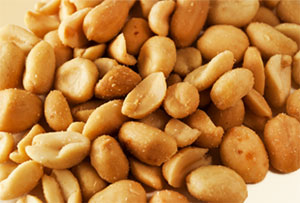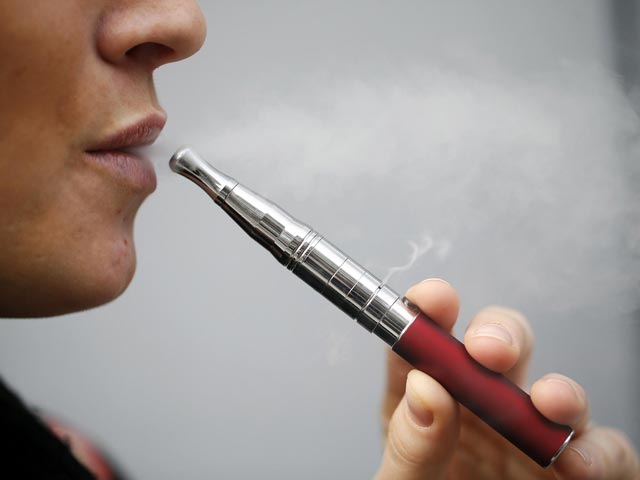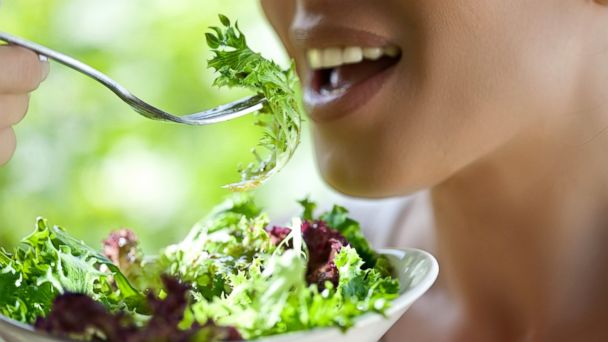Roasted peanuts are more likely to trigger an allergic reaction than raw peanuts, according to an Oxford University study, involving mice. Scientists say chemical changes caused by dry roasting processes may prime the body’s immune system – sparking future allergic reactions. But much more work is needed before humans should consider swapping roasted nuts for raw ones, they say.
The research appears in the Journal of Allergy and Clinical Immunology.
Fatal reactions
Mice were exposed to peanut proteins through the skin or the stomach. Animals given the dry roasted samples had a much stronger immune response – the body’s way of fighting things that appear foreign to it – than mice given the raw versions. In humans, immune responses vary. Some can be mild, causing rashes for example, but others can be extremely dangerous, leading to swelling of the mouth and breathing difficulties.
Scientists say it is likely to be the high temperatures used to roast nuts that are responsible for the chemical changes that, in turn, prompt the allergic reactions. Prof Quentin Sattentau, who led the research, said: “This is the first time, to our knowledge, that a potential trigger for peanut allergy has been directly shown.”
And researchers believe the findings may explain the lower allergy rates in East Asian populations where boiled, raw or fried nuts are a more common part of the diet than roasted ones. But they warn that much more work is needed before doctors make any specific dietary recommendations.
Chemical changes
Prof Sattentau said: “We know that children in families with other allergies are more likely to develop peanut allergy. “However our research is at an early stage and we think that it would be premature to avoid roasted peanuts and their products until further work has been carried out to confirm this result.”
Scientists are now exploring methods to get rid of the particular chemical changes that may be responsible for kick-starting the immune system. According to NHS Choices, nut allergies, including peanuts, are relatively common in both school-aged children and adults. And peanuts are one of the most common causes of fatal allergic reactions to food.
People with peanut allergies are advised to avoid them and many carry auto-injector pens to reduce the severity of any reactions that do occur.
Source: bbc news











